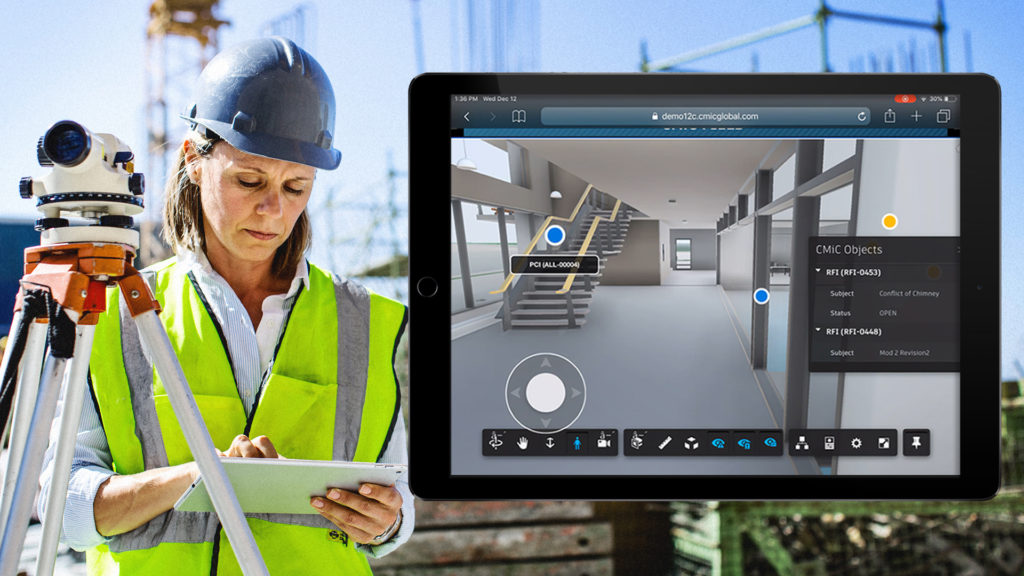Kasun Illankoon explores how UAE based contractor, ALEC, have utilized technology and innovation to elevate themselves as one of the leading contractors in the region.
The COVID-19 pandemic has been impacting construction and engineering projects worldwide in numerous ways, and many projects have been stopped or delayed as a result.
However, UAE-based contractor, ALEC has seen a different result thanks to their digital transformation, which began well before the COVID-19 crisis. There seems to be a clear correlation with companies that have a robust digital infrastructure being able to navigate through this. During 2019, ALEC implemented numerous/several digital initiatives to become more efficient, sustainable and to transform the construction industry. These implementations are providing maximum safety for employees as well as ensuring productivity and enhanced collaboration during the pandemic
ALEC’s use of new technologies rapidly alters the landscape they currently operate in, and there will be significant benefits if leveraged correctly. While the modern technological landscape is exciting, its benefits cannot be fully realized without a culture of clear communication, transparency, and collaboration across the entire supply.
Striking the correct balance between initiatives in these areas allows ALEC to consistently review and assess their progress while fine-tuning their path to fulfilling the vision by utilizing information management and digitalization, modular and offsite construction, robotics and automation, and emerging technologies including 3D printing.

The best software enables users to set up automation rules, so that team members are automatically notified about changes that affect their tasks. For example, if the plumbing contractor will not have their job completed until Friday due to a backordered part, the platform can automatically update the schedule based on this change. The most enterprise-ready platforms can also send notifications to all team members affected by a change, so they can immediately change their plans. They can also digitize many manual processes such as punch lists, change orders, and safety logs, and keep them in a single central location, so time isn’t wasted chasing down the latest information.
Minutes and hours wasted on a project can add up to days and weeks of delays. Because often one portion of a project must be finished before the next one begins, progress often stops while people wait for information or approvals. By using a work execution platform to create automated alerts, collect digital signatures, and keep project documentation updated, companies automatically ensure their projects continue to move forward at all times. ALEC has implemented a new project management information system to streamline construction processes across the business. This will enable them to capture and consolidate data to provide better decision making.
From a technological standpoint, many construction technologies are in their infancy and have rapid development cycles that make adoption on live projects challenging. Mature technologies from other industries are inflexible enough for construction projects, and adapting them to our changing environment is equally challenging.
ALEC’s proactive steps, though, have made technology and innovation a priority. Recently, ALEC signed a deal with CMiC, the innovation leader in ERP and field operations software for the construction industry in North America, to use its platform and software to run financials and field operations. CMiC’s Single Database Platform™ architecture, which delivers a single version of the truth to users across all functional areas, was the key advantage over alternative ERP software vendors. As the only ERP solution built specifically for construction, CMiC includes functionality designed to support international best practices and collaboration.
Furthermore, ALEC has been utilizing data, analysis, and calculations as a basis for making decisions. By analyzing their operations and concentrating on low productive areas, they have seen improvement ranging from 10 % to 400 % as a result of some of the initiatives. Data collection & utilization is vital in modern construction.
ALEC’s innovative use of BIM on a large scale has introduced new processes and ways to design a project. Architecture and design are iterative processes that have traditionally been manually intensive. Architects, structural engineers, and builders all need to view different pieces of information and use unusual design templates. Different models must then be made to show clients. When any changes are made, care needs to be taken that all documentation is updated. A BIM database improves collaboration, it also provides a store of architectural and design data that can be used for 3D modeling and software simulations. These programs can be used for design and structural purposes, allowing for the creative deployment of new materials and design concepts. To fully utilize BIM to its fullest, the company has implemented a BIM training program to level the skills gaps on tools and processes.
To stay one step ahead, ALEC’s vision towards the future has seen them introduce smart and green power solutions to address new market trends by utilizing their subsidiary divisions such as ALEC Energy, which is a provider of financially sound green energy solutions, in addition to ALEC Modular which is intended to supply fully integrated modular units to ensure that they are ready for the future of construction.
Due to that, the number of innovation initiatives being implemented is on the rise year-on-year. ALEC continues to collaborate with external stakeholders, including the micro-environment suppliers and business partners, and they have contributed positively to their innovation initiatives.












